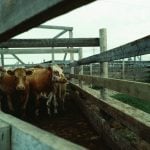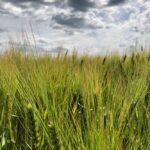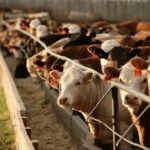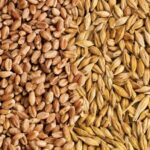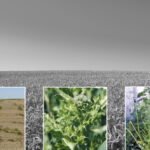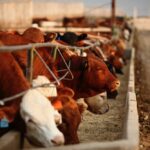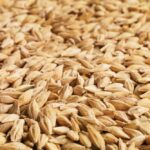MarketsFarm — While recent wet weather on the Prairies has helped bring down prices for feed grains, demand — or a lack thereof — has been another primary factor. “The rains have definitely affected (prices) a bit, but probably not to the extent demand has,” said Erin Harakal, trade manager for Agfinity at Stony Plain, […] Read more
